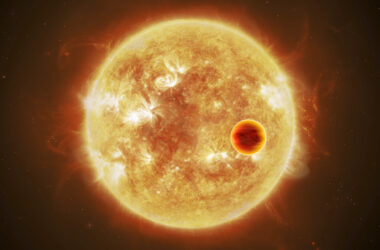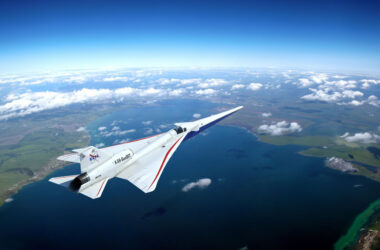NASA is pushing ahead with its big commitment to CubeSats. It will be launching dozens of them in the coming months.
The CubeSats scheduled for launch range from the size of a loaf of bread to the size of a small washing machine.
Director of NASA’s Earth Science Division in Washington Michael Freilich explained that “NASA is expanding small satellite technologies and using low-cost, small satellites, miniaturised instruments, and robust constellations to advance Earth science and provide societal benefit through applications.”
What is a CubeSat?
CubeSats are light, small and (most importantly) cheap.
NASA uses its own standard of measurement – the 1U – to define the CubeSat. 1U is equal to 10 centimetres on all sides.
The concept is proving really popular in the scientific community as their small size helps keep both development and launch costs low. Allowing research institutions to cheaply test the latest technology and conduct quick scientific studies.
What do CubeSats do?
The four CubeSats scheduled for launch over the coming months are aiming to do a few different things.
The first launch will be the “Radiometer Assessment using Vertically Aligned Nanotubes” (aka RAVAN). RAVAN will used to make precise measurements of greenhouse gases to help better understand their effect of the Earths Climate.
Exciting December will see two fleets of CubeSats launched!
Subscribe
If you enjoyed this article subscribe to our mailing list to receive weekly updates!
The first is Cyclone, Global Navigation Satellite System (aka CYGNSS) on December 12th. CYGNSS will use eight identical CubeSats to form a constellation to measure wind intensity across the oceans, proving insight into how tropical cyclones are formed.
The Time-Resolved Observations of Precipitation structure and storm Intensity project (TROPICS) will launch in late December; like CYGNSS this will use a constellation of 12 CubeSats to study the life cycle of storms.
In Spring 2017, IceCube and the Hyper-Angular Rainbow Polarimeter (aka HARP) will be launched from the International Space Station. IceCube will measure ice and HARP will look at the distribution of cloud droplet sizes.
The Microwave Radiometer Technology Acceleration (aka MiRaTA) should be launched in late Spring 2017 from ISS. It will collect data on temperature, cloud ice and water vapour. This will be used to better understand the Earths weather systems, allowing for better weather forecasting.

RainCube’s radiofrequency lead Nacer Chahat (right) and mechanical engineer lead Jonathan Sauder (left) observe the CubeSat’s deployed antenna.
Credits: NASA/JPL-Caltech
Finally, RainCube will be launched in 2018.
Measuring only 1.5U, this recent CubeSat from NASA has an innovative design that allows a small antenna to be stuffed within it (see image above).
It will measure rain and snowfall, and transmit back to Eath using the Ka-band. If RainCube is able to communicate on this spectrum it could allow CubeSats to communicate with Earth from much further afield.








